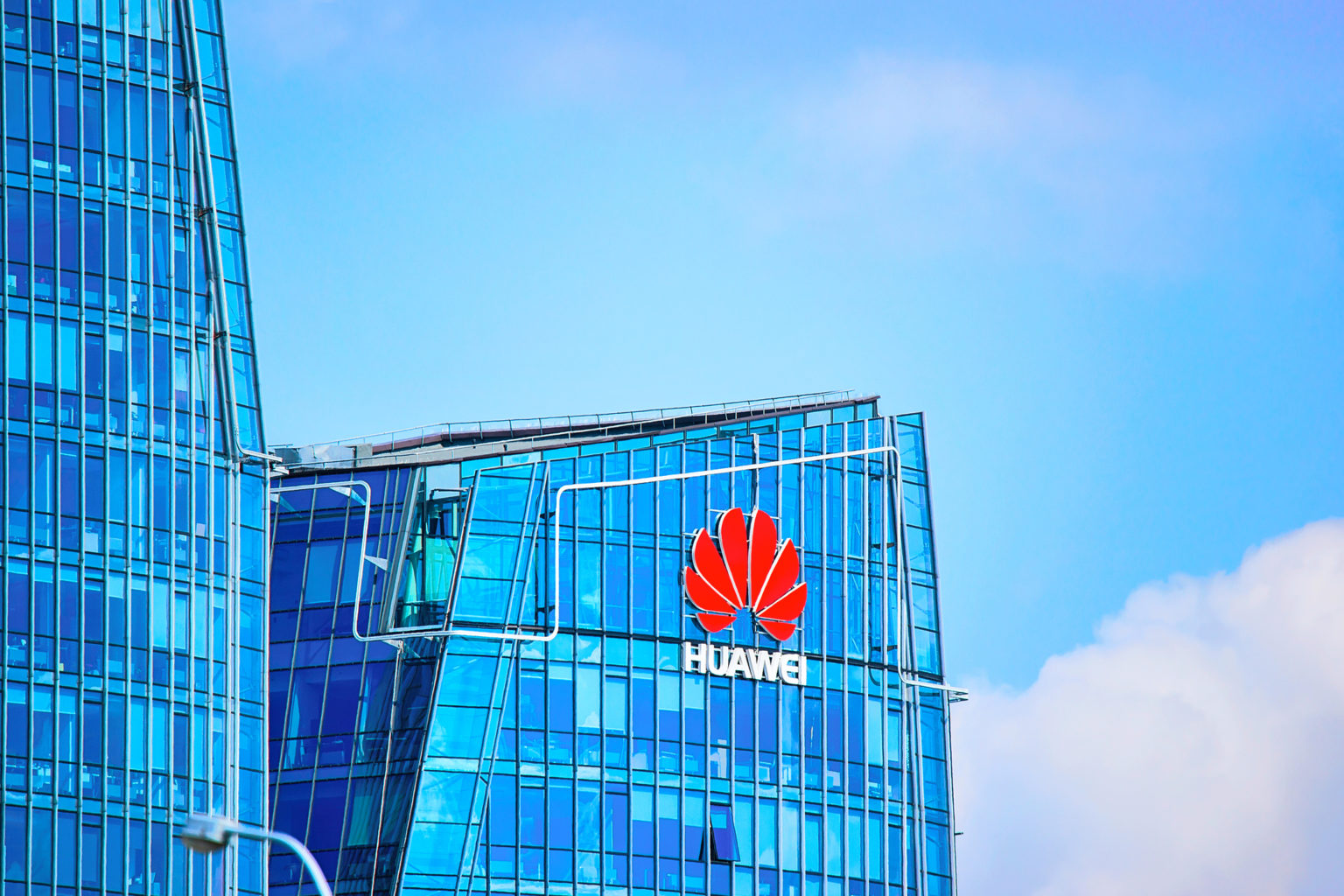A paper on a new simple network architecture, the Transformer, based solely on attention mechanisms
The NIPS 2017 accepted paper, Attention Is All You Need, introduces Transformer, a model architecture relying entirely on an attention mechanism to draw global dependencies between input and output. This paper is authored by professionals from the Google research team including Ashish Vaswani, Noam Shazeer, Niki Parmar, Jakob Uszkoreit, Llion Jones, Aidan N. Gomez, Łukasz Kaiser, and Illia Polosukhin.
The Transformer – Attention is all you need
What problem is the paper attempting to solve?
Recurrent neural networks (RNN), long short-term memory networks(LSTM) and gated RNNs are the popularly approaches used for Sequence Modelling tasks such as machine translation and language modeling. However, RNN/CNN handle sequences word-by-word in a sequential fashion. This sequentiality is an obstacle toward parallelization of the process. Moreover, when such sequences are too long, the model is prone to forgetting the content of distant positions in sequence or mix it with following positions’ content.
Recent works have achieved significant improvements in computational efficiency and model performance through factorization tricks and conditional computation. But they are not enough to eliminate the fundamental constraint of sequential computation.
Attention mechanisms are one of the solutions to overcome the problem of model forgetting. This is because they allow dependency modelling without considering their distance in the input or output sequences. Due to this feature, they have become an integral part of sequence modeling and transduction models. However, in most cases attention mechanisms are used in conjunction with a recurrent network.
Paper summary
The Transformer proposed in this paper is a model architecture which relies entirely on an attention mechanism to draw global dependencies between input and output. The Transformer allows for significantly more parallelization and tremendously improves translation quality after being trained for as little as twelve hours on eight P100 GPUs.
Neural sequence transduction models generally have an encoder-decoder structure. The encoder maps an input sequence of symbol representations to a sequence of continuous representations. The decoder then generates an output sequence of symbols, one element at a time.
The Transformer follows this overall architecture using stacked self-attention and point-wise, fully connected layers for both the encoder and decoder.
The authors are motivated to use self-attention because of three criteria.
One is that the total computational complexity per layer.
Another is the amount of computation that can be parallelized, as measured by the minimum number of sequential operations required.
The third is the path length between long-range dependencies in the network.
The Transformer uses two different types of attention functions:
Scaled Dot-Product Attention, computes the attention function on a set of queries simultaneously, packed together into a matrix.
Multi-head attention, allows the model to jointly attend to information from different representation subspaces at different positions.
A self-attention layer connects all positions with a constant number of sequentially executed operations, whereas a recurrent layer requires O(n) sequential operations.
In terms of computational complexity, self-attention layers are faster than recurrent layers when the sequence length is smaller than the representation dimensionality, which is often the case with machine translations.
Key Takeaways
This work introduces Transformer, a novel sequence transduction model based entirely on attention mechanism.
It replaces the recurrent layers most commonly used in encoder-decoder architectures with multi-headed self-attention.
Transformer can be trained significantly faster than architectures based on recurrent or convolutional layers for translation tasks.
On both WMT 2014 English-to-German and WMT 2014 English-to-French translation tasks, the model achieves a new state of the art. In the former task the model outperforms all previously reported ensembles.
Future Goals
Transformer has only been applied to transduction model tasks as of yet. In the near future, the authors plan to use it for other problems involving input and output modalities other than text. They plan to apply attention mechanisms to efficiently handle large inputs and outputs such as images, audio and video.
The Transformer architecture from this paper has gained major traction since its release because of major improvements in translation quality and other NLP tasks. Recently, the NLP research group at Harvard have released a post which presents an annotated version of the paper in the form of a line-by-line implementation. It is accompanied with 400 lines of library code, written in PyTorch in the form of a notebook, accessible from github or on Google Colab with free GPUs.
Read more
 United States
United States
 Great Britain
Great Britain
 India
India
 Germany
Germany
 France
France
 Canada
Canada
 Russia
Russia
 Spain
Spain
 Brazil
Brazil
 Australia
Australia
 South Africa
South Africa
 Thailand
Thailand
 Ukraine
Ukraine
 Switzerland
Switzerland
 Slovakia
Slovakia
 Luxembourg
Luxembourg
 Hungary
Hungary
 Romania
Romania
 Denmark
Denmark
 Ireland
Ireland
 Estonia
Estonia
 Belgium
Belgium
 Italy
Italy
 Finland
Finland
 Cyprus
Cyprus
 Lithuania
Lithuania
 Latvia
Latvia
 Malta
Malta
 Netherlands
Netherlands
 Portugal
Portugal
 Slovenia
Slovenia
 Sweden
Sweden
 Argentina
Argentina
 Colombia
Colombia
 Ecuador
Ecuador
 Indonesia
Indonesia
 Mexico
Mexico
 New Zealand
New Zealand
 Norway
Norway
 South Korea
South Korea
 Taiwan
Taiwan
 Turkey
Turkey
 Czechia
Czechia
 Austria
Austria
 Greece
Greece
 Isle of Man
Isle of Man
 Bulgaria
Bulgaria
 Japan
Japan
 Philippines
Philippines
 Poland
Poland
 Singapore
Singapore
 Egypt
Egypt
 Chile
Chile
 Malaysia
Malaysia















